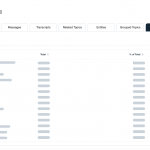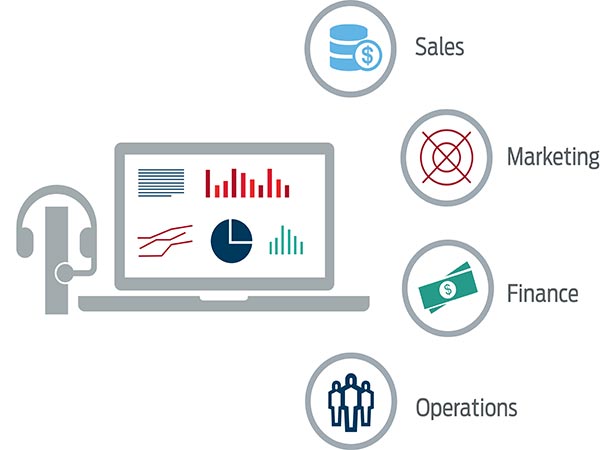Building a Business Case for Customer Analytics

If you are in a product or service-oriented industry, it should come as no surprise that the way you engage with your customers means everything. How well you know them, whether you can provide personalized service, and if you can earn their trust and loyalty can all mean the difference between your customers spending their money with you or with your competitors. In a high stakes competition for customers, it’s important to ask yourself: Are you doing enough?
Recently, I conducted a webinar with Ventana Research VP & Research Director, Richard Snow, to explore opportunities for improvement in customer engagement. We kicked it off by reviewing insights from a recent Ventana Research report, which revealed that 77% of businesses want to improve the way they engage with customers. However, only 33% believe they are currently providing an excellent level of engagement, while the vast majority, 67%, believe their engagement is somewhere between good and poor. All this means that there is a major opportunity for improvement.
At Calabrio, we believe the answer to this is investing in customer analytics. This isn’t simply because we’re trying to make a sale, but because we know analytics is the most efficient way to get the 360-degree view of the customer.
Here are just a few of the business benefits:
1. Track engagement issues at an enterprise level
Customer engagement can be broken down into three practice areas:
- Customer Experience (CX)
- Customer Service
- Business Processes
These areas span the enterprise and expand beyond just marketing, sales or the contact center. In these various departments, data is typically collected and stored in disparate systems. With a powerful customer analytics tool, you can integrate data from across systems, creating consistent customer experiences across channels and customer touch points.
2. Gain timely insights
While there are appropriate applications for spreadsheets up and down the enterprise, using these documents to derive insights about customer engagement is not one of them. In a matter of days, or even hours, information can become outdated. Your team’s ability to catch red flags—and adjust accordingly—is what will ultimately give your business an edge over competitors.
3. Predict future engagement outcomes
In addition to providing timely insights, a customer analytics tool will also equip you to identify patterns that can help predict future engagement outcomes. Examples might include: discerning which communication channels your customers prefer, which service issues are most common, and which customer service representatives perform better.
By understanding the nuances in these experiences, your business can improve how it engages with customers and ensure that any pitfalls encountered in the past don’t happen in the future. Best of all, the longer you run analytics and the more data you collect, the more powerful its predictive capabilities become.
If you’re ready to take action to improve customer engagement, learn more about what a customer analytics solution can do for you.









